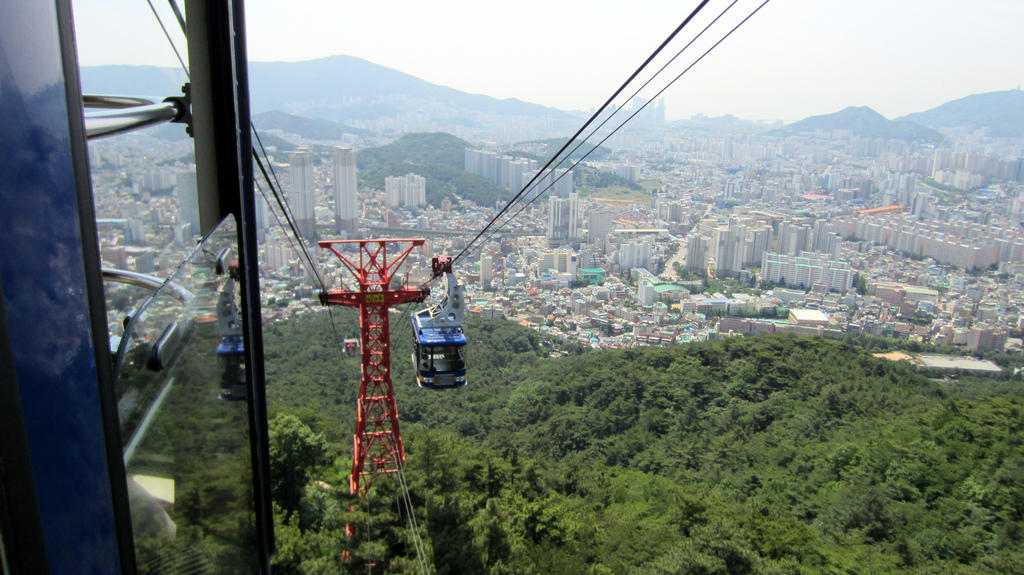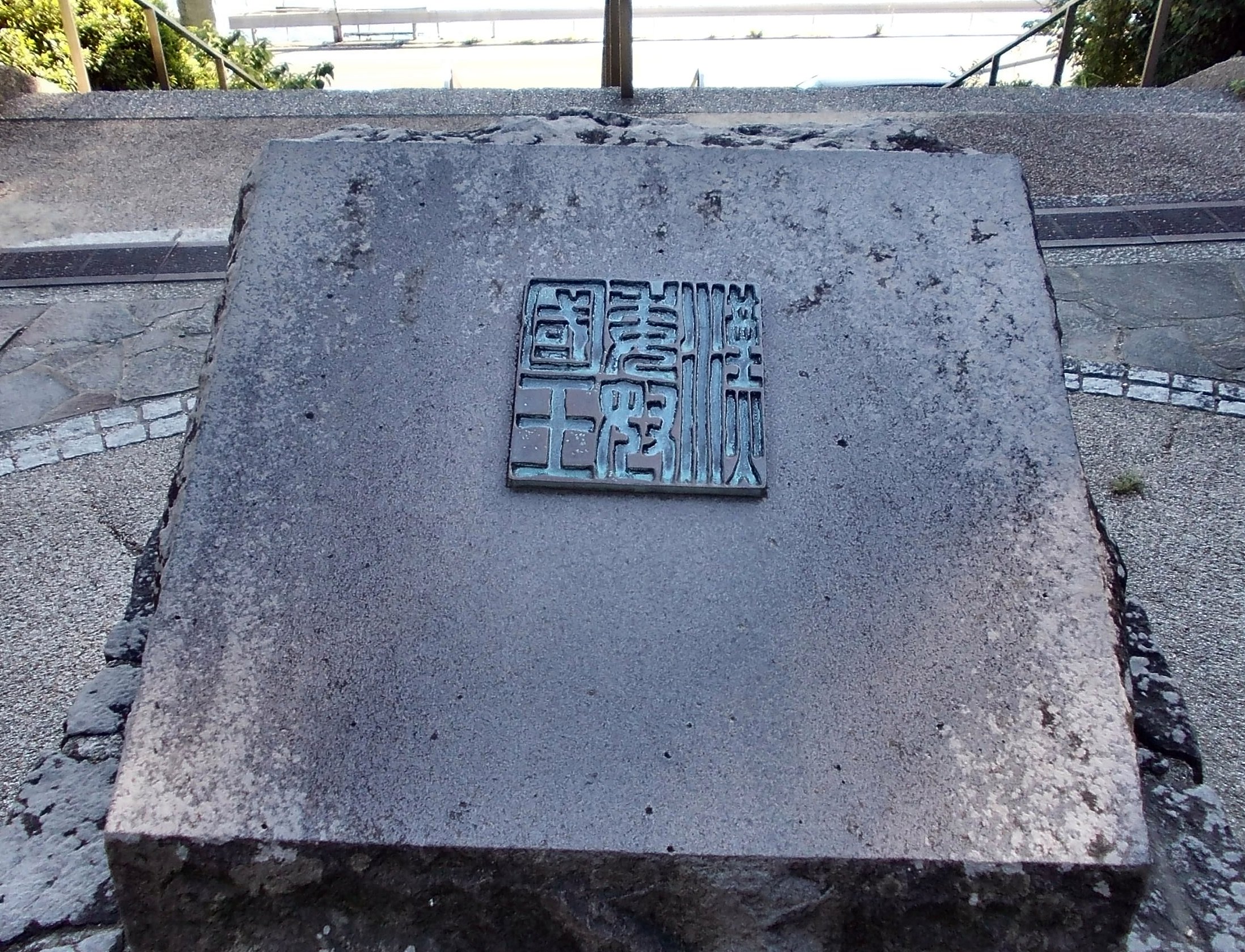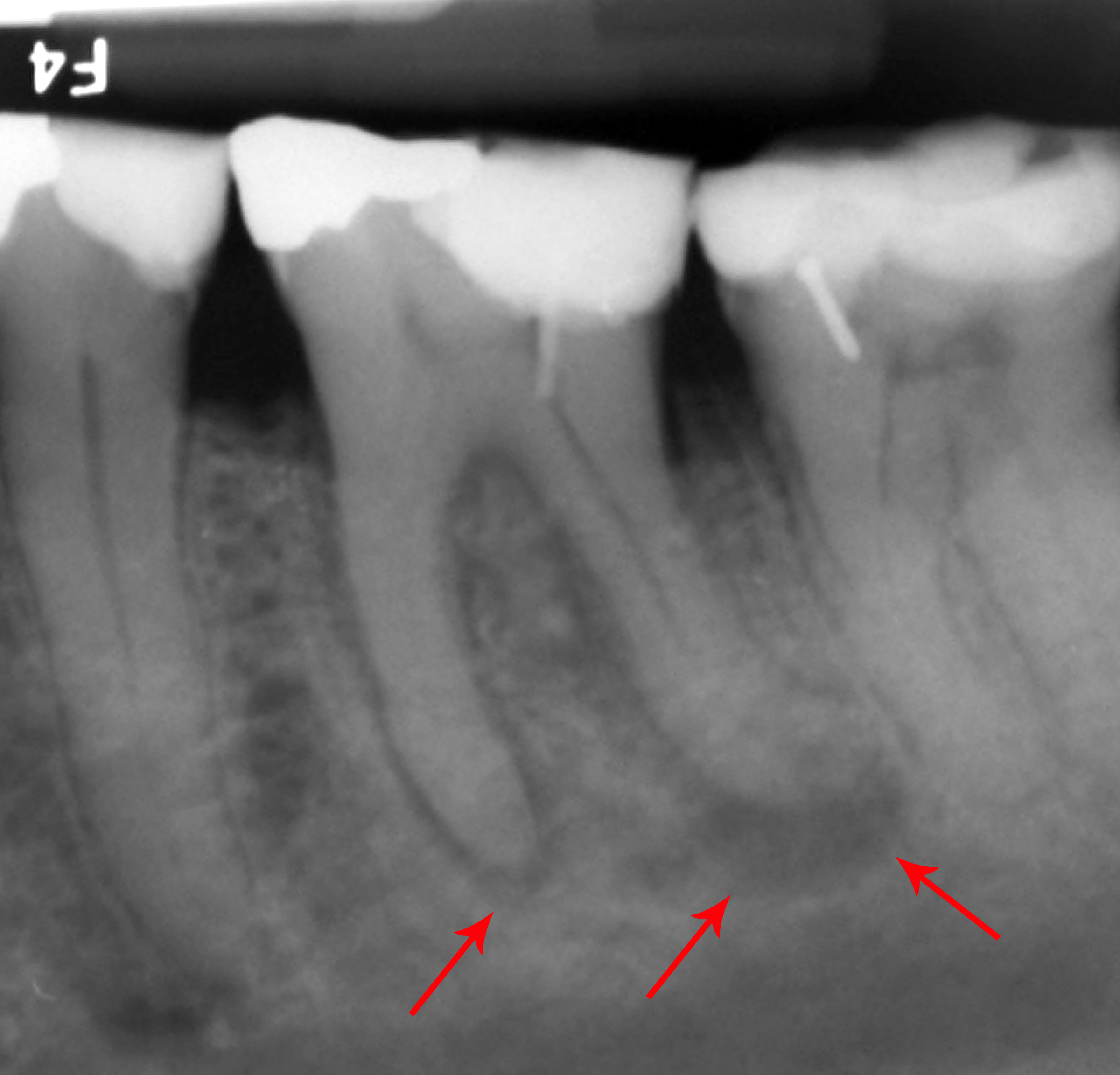|
Matsurokoku
is one of the countries described in '' Wajinden'', '' Liangshu'' and '' History of the Northern Dynasties'', and is the first place where Wei, the first place in Wa where emissaries from Tsushima and Iki landed on the mainland. Matsurokoku (末盧國) is one of the countries described in '' Wajinden'', '' Liangshu'' and '' History of the Northern Dynasties'', and is the first Japanese land where the envoys of Wei landed on the mainland via Tsushima and Iki. The prevailing theory is that it is a phonetic transcription of Matsura-gun (anciently "Matsura," ). Outline Suerokoku is located in the former Hizen Province Saga Karatsu City in the Matsuura region near the sound Nabatake Site, in the watersheds of the Matsuura River, Handa River and Uki River, and in and Ukikunden Site in the watersheds of the Handa and Uki Rivers, most researchers assume that these sites were included in the central region. From Yobuko on the northern tip of the Kitamatsuura Peninsula, ... [...More Info...] [...Related Items...] OR: [Wikipedia] [Google] [Baidu] |
Matsura-gun
Matsura-gun is a historical county in Japan. It was located in Hizen Province. The , Sayohime's alluded place of origin, spans the current-day Nagasaki and Saga Prefectures. However, the specific mountaintop that had been dubbed , as attested in the ''Man'yōshū'', has been identified as the summit of , on the eastern edge of the city of Karatsu, Saga. Some versions of the legend of Matsura Sayohime(var. Lady Otohi or Otohi-hime) are classed as the But there is no enduring sign of snake worship in the original vicinity of the legend in the , where a local shrine houses the supposed petrified remains, or , of Lady Matsura. Kagami Shrine was the main shrine and Soja shrine of Matsura-gun See also * Snake worship * Matsura Sayohime * Kagami Shrine is a Shinto Shinto shrine, shrine located in Karatsu, Saga, Karatsu, Saga prefecture, Japan. The shrine is at the base of () in Genkai Quasi-National Park. It is now called Matsura Sōchinshu Kagami-jinja (松浦総鎮� ... [...More Info...] [...Related Items...] OR: [Wikipedia] [Google] [Baidu] |
Itokoku
is one of the countries in Wakoku, Wa-koku, which appears in Chinese historical books such as Wajinden. It is said to be located 500 ri southeast of Matsurokoku, in the Yamato period, Yamato era, in the Prefecture of Ito (Ito no Agata), now Fukuoka Prefecture Itoshima, Fukuoka, Itoshima City and part of Nishi-ku, Fukuoka, Fukuoka City (formerly ). Overview In wajinden it says as follows ("Sanguozhi Wei Shu, Vol. 30, Biography of the East, Japanese (Abbreviated as Wei Shu, Biography of the East)") The approximate meaning of the original text is: "If you go 500 ri southeast, you will reach Ito-kuni. There are more than 1,000 houses. There were kings for generations.。 They are all subordinate to the queen state. It is a place where emissaries from Daifang Commandery come and go and stop." The following is a brief description of the area. Weilüe says 「500 miles southeast to Idukuni. There are more than 10,000 families. The officials were called Ershi, and the deputies we ... [...More Info...] [...Related Items...] OR: [Wikipedia] [Google] [Baidu] |
Matsuura River
The Matsuura River is a river in Japan. The river flows through the cities of Karatsu, Imari, and Takeo in Saga Prefecture in the northern part of Kyushu. It has historically had a lot of flooding risks. See also * Matsurokoku * Matsura-gun Matsura-gun is a historical county in Japan. It was located in Hizen Province. The , Sayohime's alluded place of origin, spans the current-day Nagasaki and Saga Prefectures. However, the specific mountaintop that had been dubbed , as attested in ... References Rivers of Japan {{Japan-geo-stub ... [...More Info...] [...Related Items...] OR: [Wikipedia] [Google] [Baidu] |
Busan
Busan (), officially known as is South Korea's most populous city after Seoul, with a population of over 3.4 million inhabitants. Formerly romanized as Pusan, it is the economic, cultural and educational center of southeastern South Korea, with its port being Korea's busiest and the sixth-busiest in the world. The surrounding "Southeastern Maritime Industrial Region" (including Ulsan, South Gyeongsang, Daegu, and some of North Gyeongsang and South Jeolla) is South Korea's largest industrial area. The large volumes of port traffic and urban population in excess of 1 million make Busan a Large-Port metropolis using the Southampton System of Port-City classification . Busan is divided into 15 major administrative districts and a single county, together housing a population of approximately 3.6 million. The full metropolitan area, the Southeastern Maritime Industrial Region, has a population of approximately 8 million. The most densely built-up areas of the city are situat ... [...More Info...] [...Related Items...] OR: [Wikipedia] [Google] [Baidu] |
Nakoku
was a stateIn Japanese, the character 国/國, read as ''koku'' (in on'yomi) or ''kuni'' (in kun'yomi), can be translated as "country" or "province" which was located in and around modern-day Fukuoka City, on the Japanese island of Kyūshū, from the 1st to early 3rd centuries. Much of what is known about it comes from ancient records of both China and Japan. According to the ''Book of the Later Han'', in 57 CE, Emperor Guangwu of Han granted Nakoku an imperial seal, patterned after the Chinese jade seals, but made of gold: the king of Na gold seal. In return, that same year, Na sent envoys to the Chinese capital, offering tribute and formal New Year's greetings. This seal was discovered over 1500 years later, by an Edo period farmer on Shikanoshima Island, thus helping to verify the existence of Nakoku, which was otherwise known only from the ancient chronicles. Engraved upon it are the Chinese characters (''Kan no Wa no Na-no-Koku-ō'', "King of the Na state of the Wa ... [...More Info...] [...Related Items...] OR: [Wikipedia] [Google] [Baidu] |
Saga Prefecture
is a prefecture of Japan located on the island of Kyushu. Saga Prefecture has a population of 809,248 (1 August 2020) and has a geographic area of 2,440 km2 (942 sq mi). Saga Prefecture borders Fukuoka Prefecture to the northeast and Nagasaki Prefecture to the southwest. Saga is the capital and largest city of Saga Prefecture, with other major cities including Karatsu, Tosu, and Imari. Saga Prefecture is located in the northwest of Kyūshū covering an isthmus-like area extending between the Sea of Japan and the Ariake Sea. Saga Prefecture's western region is known for the production of ceramics and porcelain, particularly in the towns of Karatsu, Imari, and Arita. History In ancient times, the area composed by Nagasaki Prefecture and Saga Prefecture was called Hizen Province. The current name dates from the Meiji Restoration. Rice farming culture has prospered here since ancient times, and vestiges can be seen at the ruins of Nabatake in Karatsu and the Yo ... [...More Info...] [...Related Items...] OR: [Wikipedia] [Google] [Baidu] |
Dental Extraction
A dental extraction (also referred to as tooth extraction, exodontia, exodontics, or informally, tooth pulling) is the removal of teeth from the dental alveolus (socket) in the alveolar bone. Extractions are performed for a wide variety of reasons, but most commonly to remove teeth which have become unrestorable through tooth decay, periodontal disease, or dental trauma, especially when they are associated with toothache. Sometimes impacted wisdom teeth (wisdom teeth that are stuck and unable to grow normally into the mouth) cause recurrent infections of the gum ( pericoronitis), and may be removed when other conservative treatments have failed (cleaning, antibiotics and operculectomy). In orthodontics, if the teeth are crowded, healthy teeth may be extracted (often bicuspids) to create space so the rest of the teeth can be straightened. Procedure Extractions could be categorized into non-surgical (simple) and surgical, depending on the type of tooth to be removed and oth ... [...More Info...] [...Related Items...] OR: [Wikipedia] [Google] [Baidu] |
Jōmon People
is the generic name of several ethnic group, peoples who lived in the Japanese archipelago during the Jōmon period (). The Jōmon people may have consisted of multiple groups, which arrived and merged at different times in the Japanese archipelago, using multiple migration routes, rather than a single homogeneous people. Multiple studies on the Jōmon population analyzed the genetic contribution towards modern Japanese. Jōmon samples represented by a specimen obtained from the Funadomari archaeological site on Rebun Island and two specimens obtained from Honshu, show that mainstream Japanese people have inherited an average of 10% Jōmon period ancestry in their genome. The results of a study from 2021 inferred gene flow from the Jōmon period population to the modern Japanese across all migration models tested, with genetic contributions ranging from 8.9 to 11.5%. In the same study, the mean Jōmon component of the modern Japanese individual estimated using the admixture analysi ... [...More Info...] [...Related Items...] OR: [Wikipedia] [Google] [Baidu] |
Commandery (China)
A jùn (郡) was a historical administrative division of China from the Eastern Zhou (c. 7th century BCE) until the early Tang dynasty (c. 7th century CE). It is usually translated as a commandery. Countries around China have adopted administrative divisions based on or named after the ''jùn''. History and development China Eastern Zhou During the Eastern Zhou's Spring and Autumn period from the 8th to 5th centuries BCE, the larger and more powerful of the Zhou's vassal states—including Qin, Jin and Wei—began annexing their smaller rivals. These new lands were not part of their original fiefs and were instead organized into counties (''xiàn''). Eventually, jun were developed as marchlands between the major realms. Despite having smaller populations and ranking lower on the official hierarchies, the jun were larger and boasted greater military strength than the counties. As each state's territory gradually took shape in the 5t ... [...More Info...] [...Related Items...] OR: [Wikipedia] [Google] [Baidu] |





